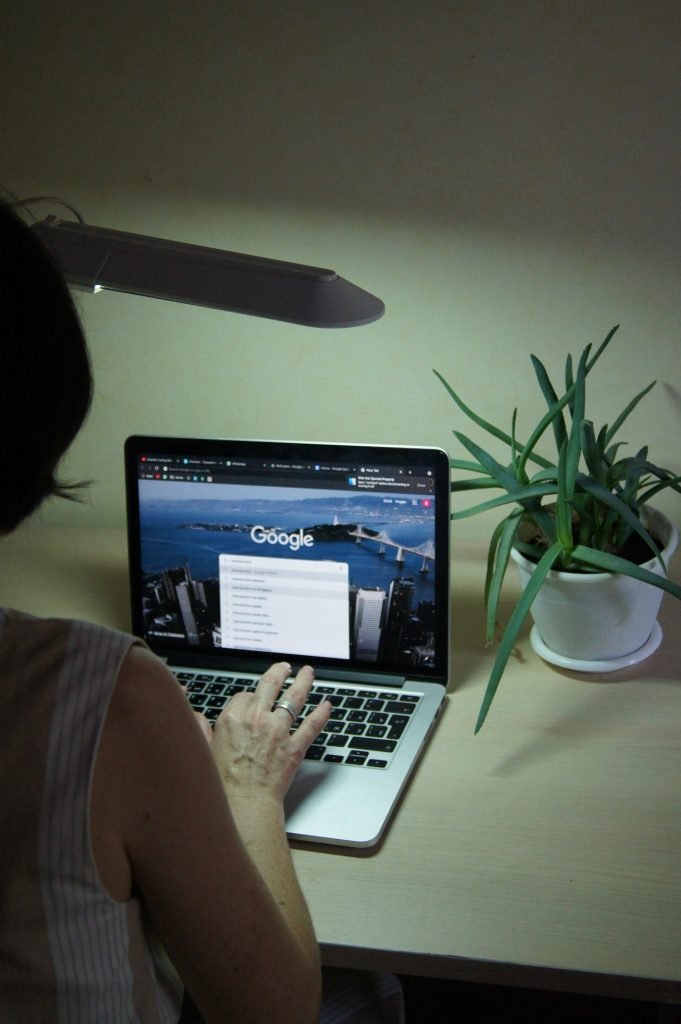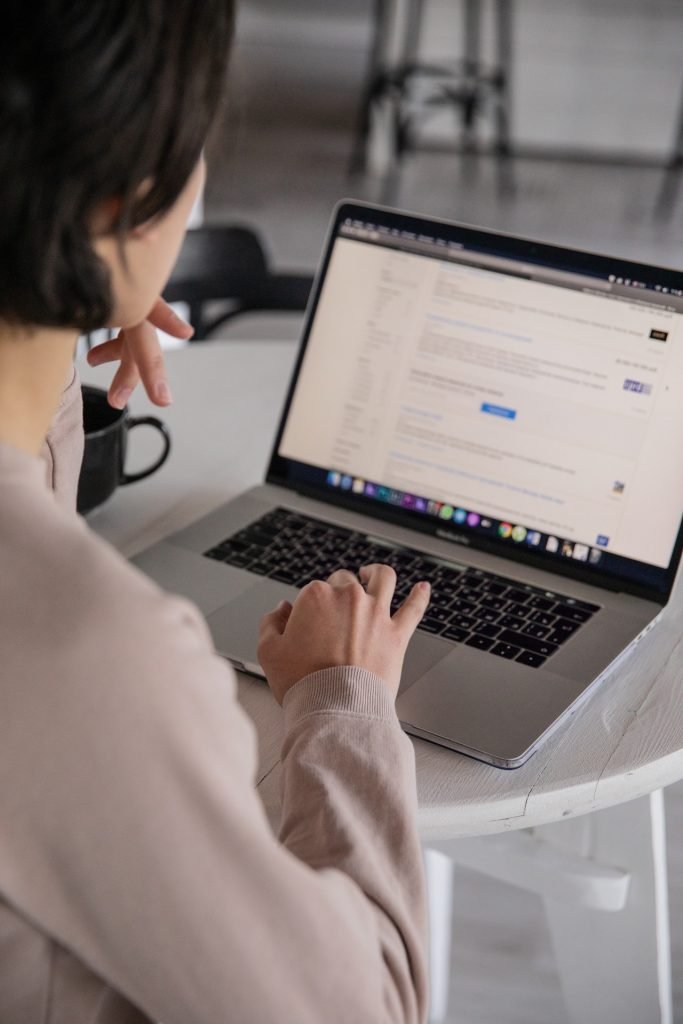There are two major factors that can create a significant impact on the optimization of your website – off-page optimization and on-page optimization. On-page optimization refers to a method of search engine optimization that bots from search engines such as Google. Consequently, it will navigate your website and learn what it’s all about.
The optimization techniques that you use on your website, including Meta title, description, internal links, and Heading tags, can help you in obtaining higher ranks on search engines. While off-page optimization refers to the optimizing techniques that are implemented within your website.
Here, we are going to explore some of the best on-page SEO techniques that you can use on your website so it can obtain a better search engine ranking.
Meta Title
Your meta title is one of the best on-page SEO techniques. If you have an attractive and well-optimized title, then most likely, you can get more clicks. And the more clicks you get, the higher your post will rank.
The beginning of your title (H1) tag should incorporate your keyword phrase. However, if this is impossible, you can at least include your keyword in the title. One of the common mistakes that most people make is incorporating the keyword in the title more than once. Perhaps, they think that this will help them in ranking better.
Unfortunately, this is not true. The worst thing is that it can even hurt your ranking. Hence, as much as possible, try to avoid committing this mistake. Also, make sure that you have a short title is short; it should be approximately 65 characters.
Include a Table of Contents
Nowadays, content writers are creating lengthy, detailed articles. Most of the blog posts that we have seen on the internet are quite long. These articles include thousands of words, which is quite a lot to go through.
It is important that these long articles should include a table of contents. This can greatly help the readers in navigating through your lengthy article. And most importantly, it can help you rank better in search engines such as Google.

Use Your Heading Tags Appropriately
Be sure to include heading tags on your articles. This can help focus on the sub-headings, essential matters, and other headings. H1 is used on the title tag if you have a WordPress website. Hence, you should not use H1 tags on the rest of the article. Using this once is already enough. To break up several sections of your content, you may use H2 tags and H3 tags.
Be Careful with Your Keyword Density
When using keywords in your articles, be sure that it is only at least 1.5 percent. Also, you should combine it with LSI keywords or Latent Semantic Indexing, which can help Google understand what your post is all about. LSI keywords refer to those words that are closely associated with your keyword.
These words are semantically associated with your keyword and have similar effects and meanings in your post. Hence, you can use synonyms so you can lessen the keyword density. Be sure to include the main keyword just once in the first and last paragraph of your article. Also, you should only use your keywords in portions where it will make sense.
Furthermore, you can look for other articles using the exact keywords you want to target and consider how the keywords are incorporated and how many times they are used. You can give your ideas on how to implement them in your posts.
Meta Tags
When writing lengthy articles, be sure to incorporate a unique meta description that is related to your post. Make sure that your targeted keyword is included in your meta description.
Most people believe meta description is not as significant since it is not used as a ranking factor. However, this allegation is not valid. Meta descriptions are vital to your blog post and are a valuable factor for ranking. There is a significant association between optimized meta descriptions and Google rankings.
Search engines such as Google will pick up your keywords. However, it is also crucial that users will click on your article. Therefore, your meta descriptions should be friendly and associated with your article. Remember that Google has clarified that they no longer care about meta keywords. Nevertheless, other search engines such as Bing may still consider meta keywords.

Verify Your Word Count
Unfortunately, articles or blog posts that are not quite long have poor rankings on search engines. The reason behind this is that it seems that they do not have sufficient information, making them invaluable.
Typically, informative blogs should have at least 1300 words, which is the standard word count. It is also crucial that your post incorporate well-researched information, especially if you are using a highly competitive keyword.
Use Meaningful Title and Alt Text on Your Images
Incorporating images in your article can significantly help drive traffic to your website via image searches. Hence, it is relevant that you should optimize the images in your article.
For instance, placing keywords in your image title and alt text can guarantee that your blog post is well-focused and highly targeted. When users search for images that are related to the keyword you are targeting, your website will likely rank on this.
Hence, include meaningful names in your images before uploading them. After adding the photos to your blog post, don’t also forget to add alt text. Images can also keep people engaged. As a result, they will likely spend more time on your website, improving the ranking of your website.
On the other hand, you should consider that large images could likely slow down the speed of your website, which could negatively affect your rank on Google. However, you can avoid this by using a Content Delivery Network or a CDN. This is a network of servers that are located strategically around the world. It can effectively improve the speed of your website.
Another option would be to install a caching plugin. This can significantly help reduce load time and improve your website’s speed. For first-time users, your web pages will be converted into static pages. Therefore, if this user visits a page the second time, the page will be loaded from this cache. This can reduce the loading time from the server, making it work faster.
Compressing your images before uploading them is also another alternative. Keep in mind that heavy images will take time to load. Hence, you must reduce the image size so your website will load faster.

External Linking
Including external links with related information to your website can also help your ranking. However, you have to ensure that the websites you choose are trustworthy and authoritative in your niche to improve your website’s credibility.
Internal Linking
To ensure that users remain on your website for longer, you should include internal links. The reason behind this is that they will keep on reading your blog posts that are linked together. At the same time, it can also help other articles on your website rank better since it can drive traffic to those posts.
Conclusion
Implementing these on-page SEO techniques can help your website rank on the first page of Google searches. Combining these techniques can help you rank better.
Agile Development can help you with SEO optimization, website design, and website development. For more information, you can visit us at https://agiledev.org.

Recent Comments